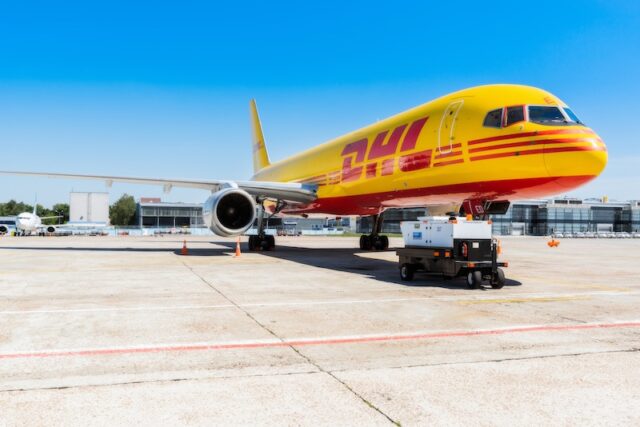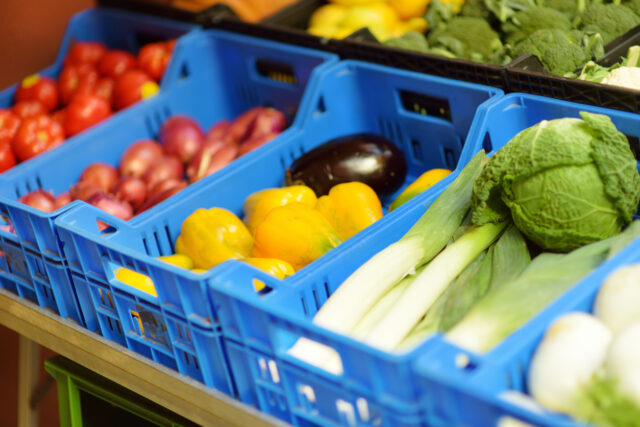More than 161 billion parcels were shipped around the world in 2022. In less than six years, growth in e-commerce is expected to drive global parcel volume sky high. The number of parcles shipped workdwide is predicted to reach 256 billion in 2027.
As a result of the booming e-commerce sector, supply chain managers find themselves facing an increasingly demanding landscape. At the same time, the need for sustainability is changing the way that supply chain operators approach packaging.
Packaging is getting smarter
Smart packaging refers to a broad category of developments to the ways in which parcels are shipped. Some smart packaging focuses on tracking, whereas others can sense and react to environmental changes or changes in their contents.
Smart packaging also refers to the trend of increasingly sustainable packaging.
The use of bio-based, recyclable, reusable, and biodegradable materials in packaging has proven to be a key area of sustainability gains for the logistics sector. This is especially important as organisations face growing regulatory pressure and simultaneously rising demand.
It’s a varied, sometimes contradictory field of innovation with myriad developments taking place at the same time. Examples include antimicrobial packaging that extends the shelf life of produce, or sensors on cartons that change colour to indicate milk has spoiled. In the food and pharmaceutical sectors, smart packaging is used to maintain and ensure the cold chain hasn’t been broken between the factory and the pharmacy.
Connected packages can now more cheaply be fitted with RFID or NFC transmitters. These chips enable direct communication with consumers via smartphones. QR codes are also gaining popularity outside of APAC. This, along with the new development of digital watermarks printed covertly on packs, known as digital passports, is greatly increasingly the ability to track and authenticate packages along the entire supply chain. These watermarks can not only carry useful information throughout the packaging’s journey to the customer, but material recovery facilities can scan these digital watermarks to instantly identify the material composition of discarded packages, improving sorting and recycling processes.
Challenges to smart packaging adoption
As with any highly varied technological trend, smart packaging’s growth sometimes pulls in opposite directions.
A lot of smart packaging that focuses on tracing the progress of a parcel throughout the supply chain contains components such as batteries, sensors, displays, and circuits which are challenging to recycle. Additionally, multiple types of components mean that manufacturing and buying smart packaging incurs new regulatory complexities.
Lastly, smart packaging that includes real-time tracking and monitoring can lead to data privacy issues. If poorly secured, smart packaging could expose sensitive personal information like user location, identity, and preferences. Cryptography and blockchain technology have been highlighted as potentially useful ways to address these concerns. However, using them also greatly raises the cost and resources needed to create a fully secure solution.
- Digital Supply Chain
- Sourcing & Procurement










